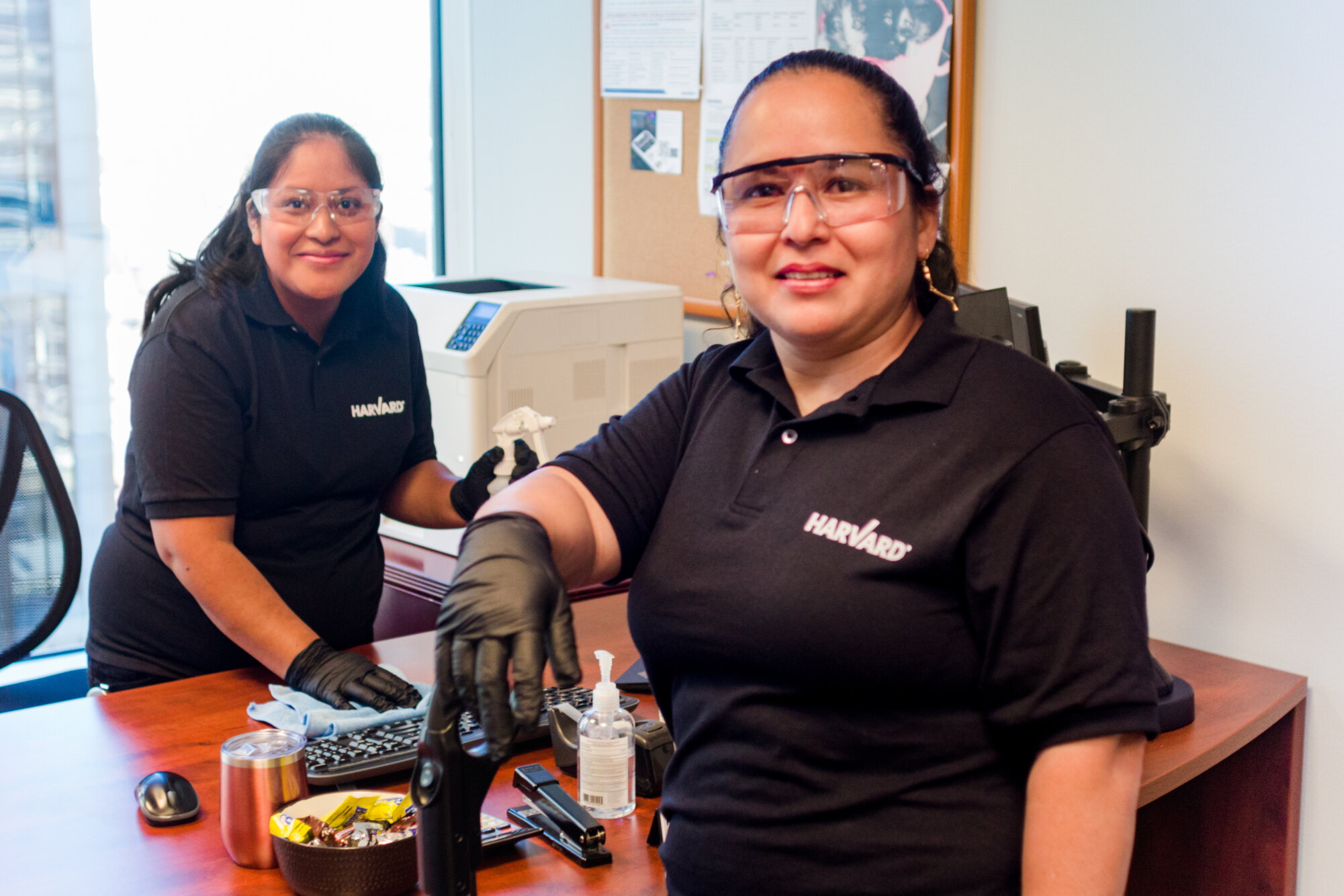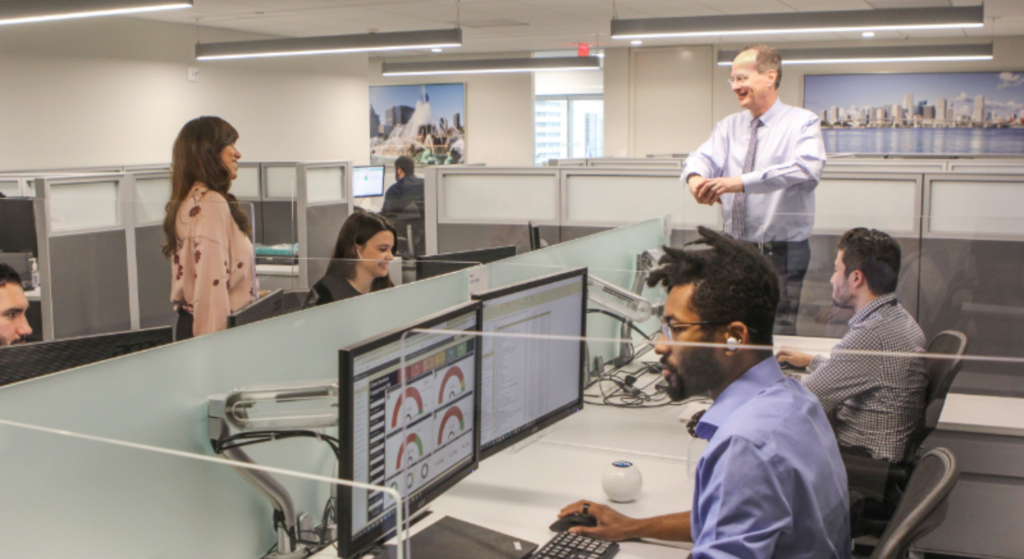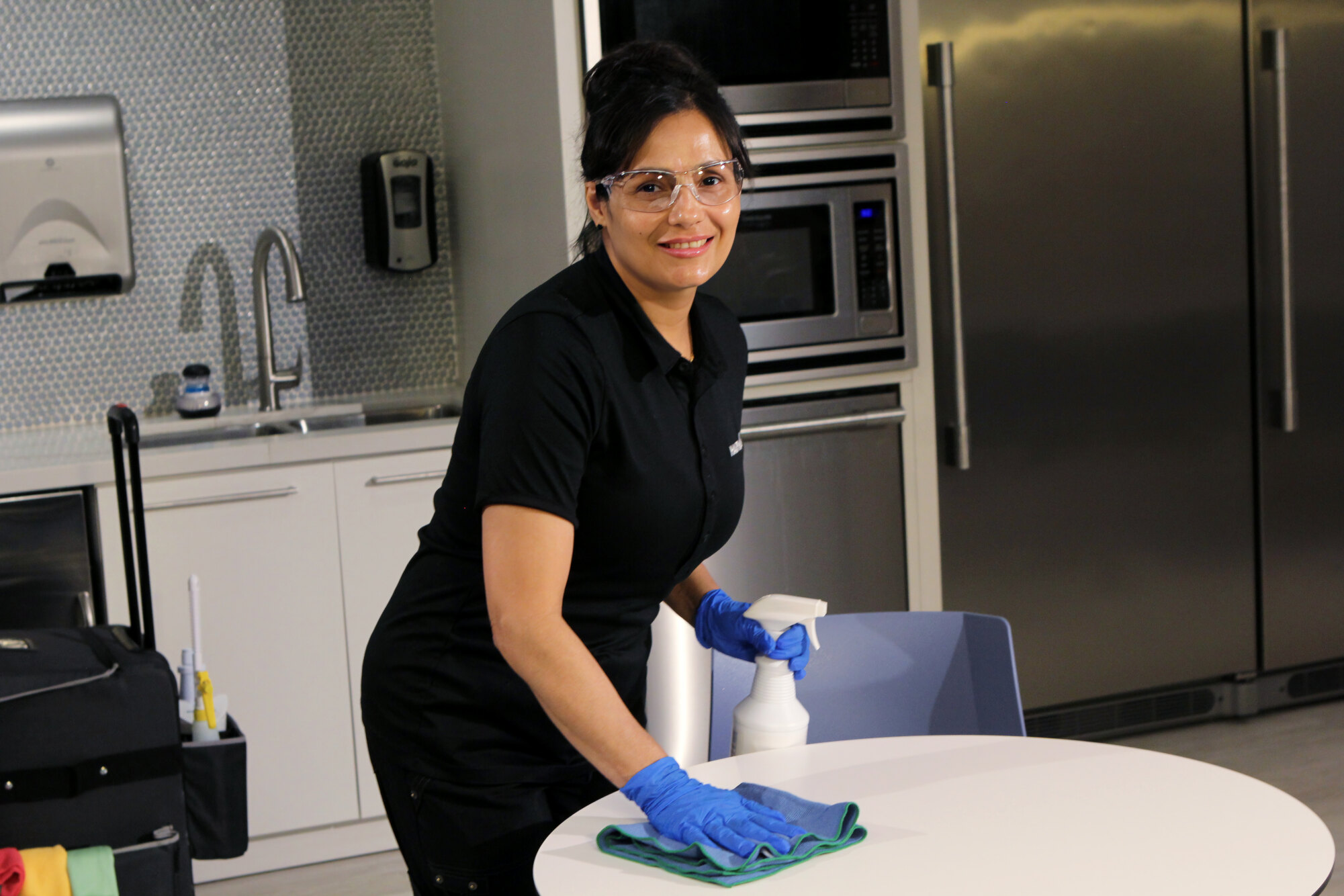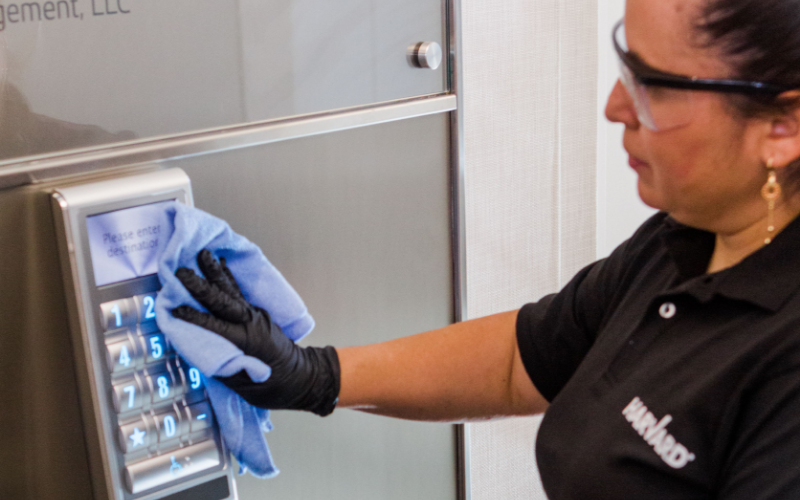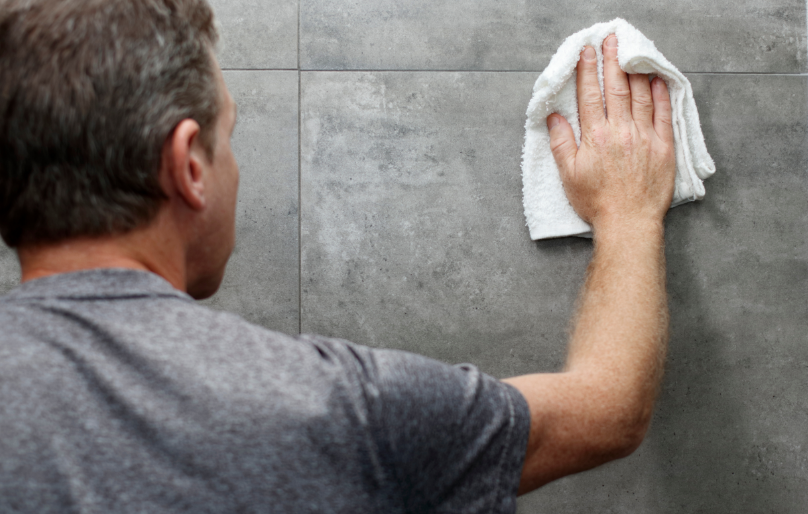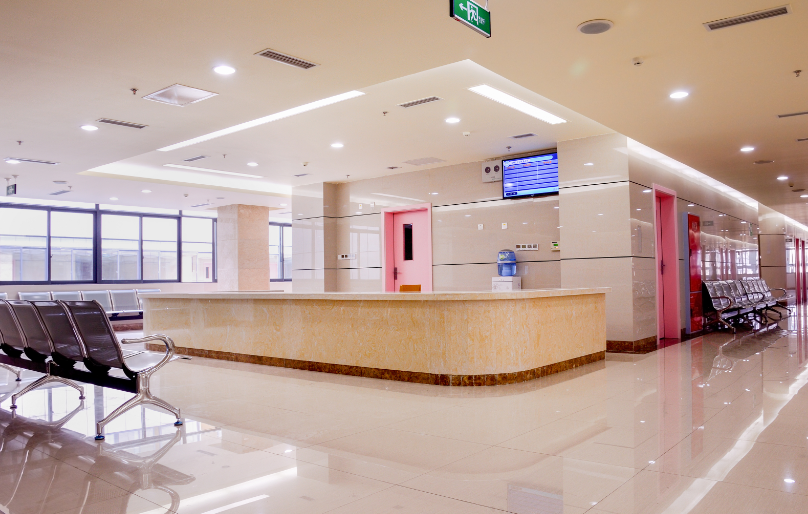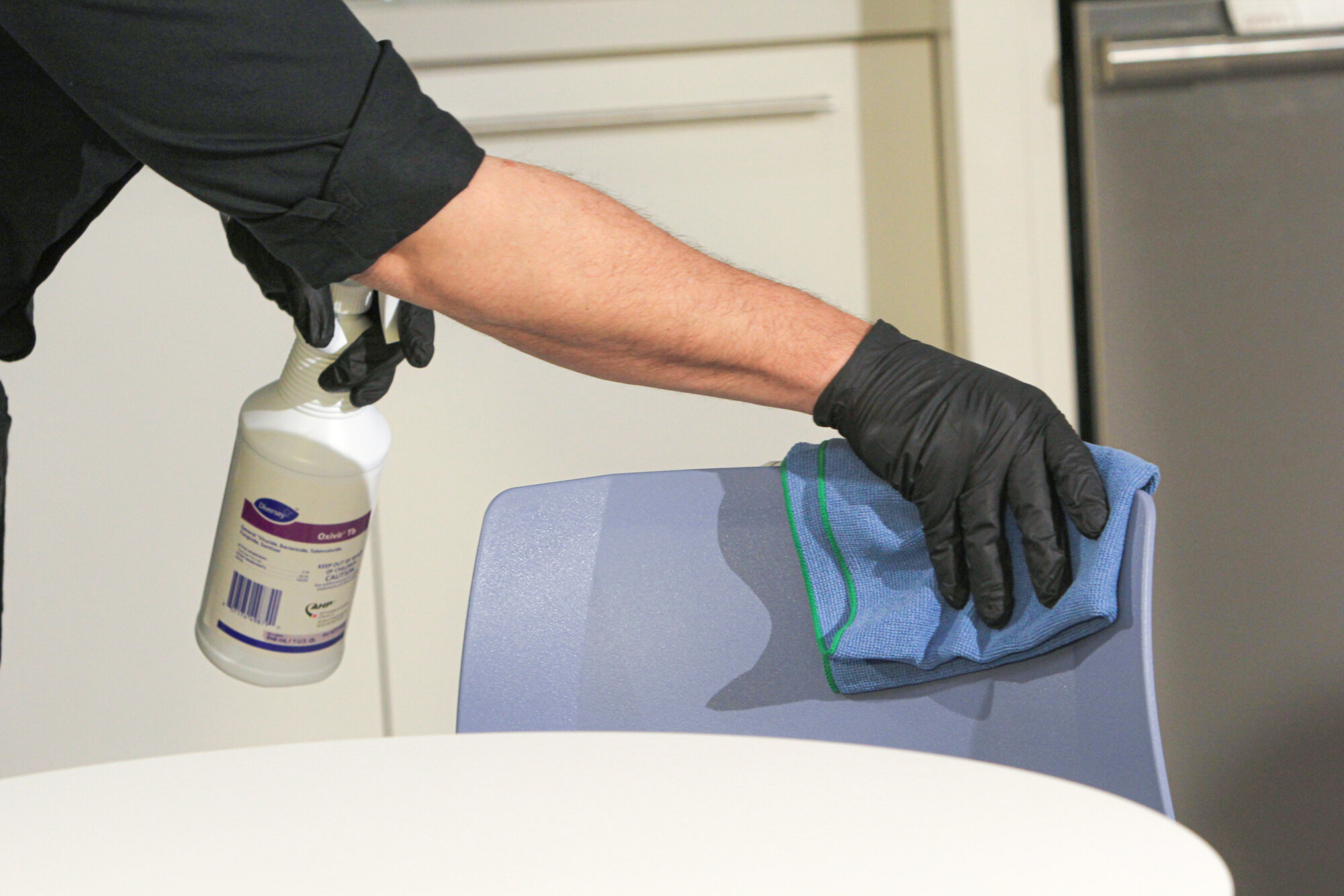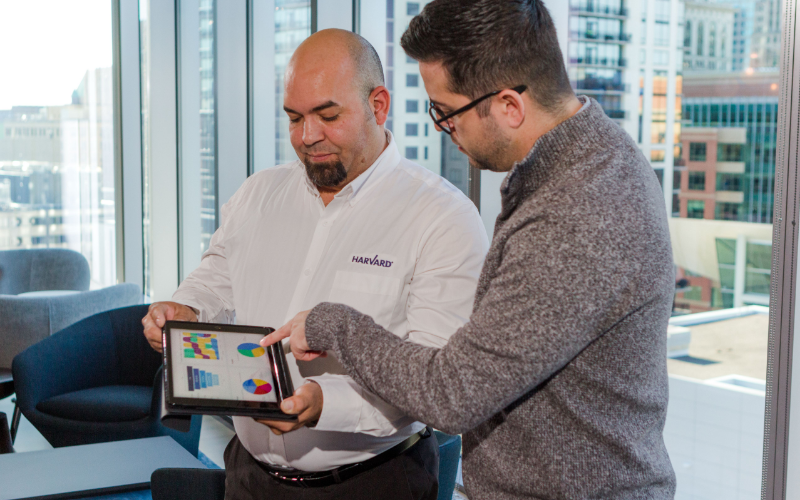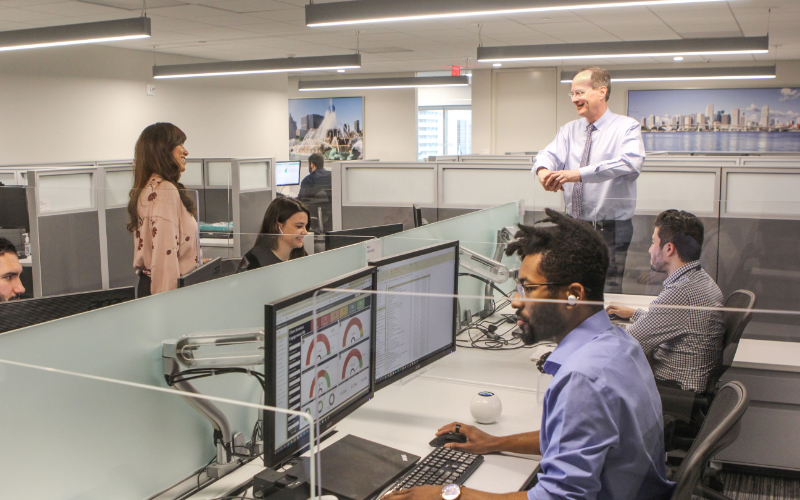As data centers evolve to support the growing demands of cloud computing, AI, and real-time data processing, design choices have become increasingly strategic—and nowhere is this more evident than in the decision between raised floor and on-slab architectures.
This choice is often driven by a facility’s operational priorities, cooling strategy, scalability goals, and of course, the sensitivity of the digital infrastructure it supports. But an often-overlooked element of this decision is how each model impacts day-to-day cleanliness, contamination control, and the long-term integrity of mission-critical environments.
At Harvard, our national data center clients have taught us that understanding the “why” behind these design philosophies is essential to providing consistent, safe, and regulation-ready janitorial services.
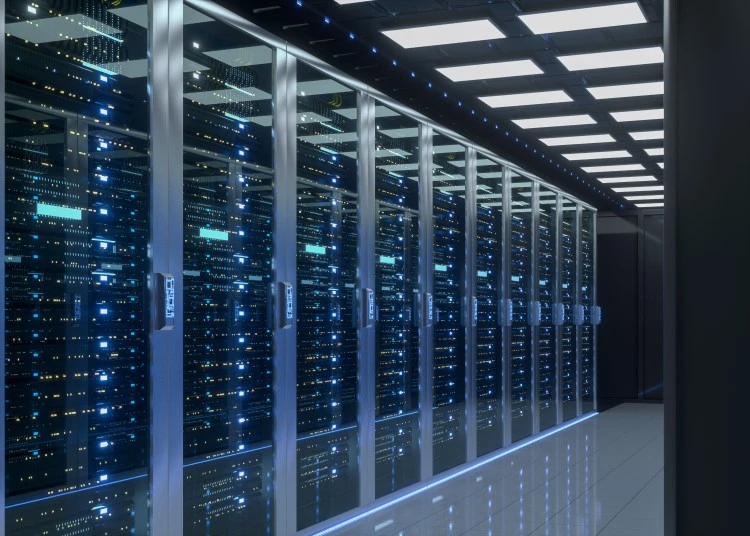
Understanding the Philosophies: Raised Floor vs. On-Slab
Raised Floor: Built for Airflow and Flexibility
The raised floor model—long considered the industry standard—features an elevated plenum supported by pedestals, typically 12″ to 36″ above the concrete slab. This space allows for underfloor airflow, cabling, and power distribution. Raised-floor environments offer:
- Improved air circulation for cooling sensitive equipment
- Easier access to cabling for reconfiguration or upgrades
- Separation of air pathways to limit contamination spread
This approach remains common in high-density environments and legacy facilities built when underfloor cooling was the prevailing standard.
On-Slab: Simplicity Meets Modern Cooling
As IT infrastructure becomes more compact and rack cooling technologies advance, many next-gen data centers are shifting toward on-slab designs—where equipment sits directly on a polished concrete floor. On-slab models:
- Rely on overhead or in-row cooling
- Offer fewer structural complexities
- Reduce build costs and potential airflow management issues
This model can also support higher floor load ratings and improved seismic resilience, making it attractive in specific geographic regions and for hyperscale facilities.
Cleaning Considerations: Why Design Choice Matters
Whether a facility opts for raised floor or on-slab, cleanliness is not cosmetic—it’s operational. The risks associated with particulate buildup, static discharge, or microbial contamination can be costly and disruptive. However, cleaning each type of environment requires a nuanced, tailored approach:
Raised Floor Environments:
- Subfloor cleaning is essential and often neglected. Dust, debris, and fiber accumulation beneath panels can compromise airflow and cooling efficiency.
- Technicians must be trained in panel lifting and reinstallation, using anti-static tools to avoid damaging sensitive infrastructure.
- Specialized vacuum systems with HEPA filtration are used to capture fine particulate matter from both surface and subfloor layers.
- Cleaning must be scheduled around airflow and HVAC management, ensuring contamination isn’t recirculated through the plenum.
On-Slab Facilities:
- The emphasis shifts to surface-level maintenance with strict protocols for dust, debris, and humidity control.
- Since cables and power lines are often overhead, cleaning techniques must prevent upward particle dispersal that could settle on racks or sensitive equipment.
- Flooring is often polished concrete, which requires non-abrasive, static-neutral cleaning agents to preserve finish and safety.
- High-touchpoint areas (server racks, entry points) require frequent microfiber wiping and electrostatic disinfection, especially in shared or colocation spaces.
Selecting the Right Cleaning Strategy for Your Data Center Design
Regardless of your architectural preference, a well-developed cleaning strategy should:
- Integrate with your uptime objectives and change control protocols
- Account for airflow patterns, equipment layout, and contamination risks
- Train personnel on ESD (electrostatic discharge) safety, PPE standards, and controlled access
- Leverage digital quality assurance systems for traceability and compliance
Partnering with a Provider Who Understands the Landscape
The raised floor vs. on-slab debate may ultimately come down to operational philosophy, scalability, and cooling preferences. But in either model, one constant remains: a clean environment is a stable environment.
Facility managers and operations leads should view cleaning not as an ancillary service, but as a critical line of defense in uptime, reliability, and lifecycle performance. The most effective janitorial partner is one that understands the distinctions, adapts the service approach accordingly, and views contamination control as a business imperative—not a background task.
At Harvard, we understand that uptime is your top priority. Let’s partner together to ensure a clean and risk-free environment. Request a quote today!

